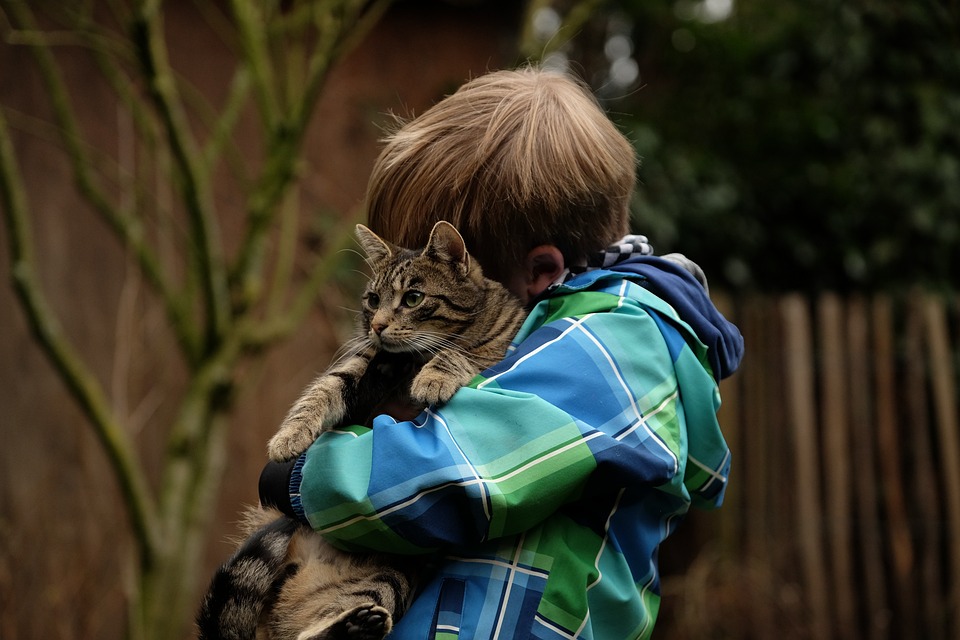Cats are known for their unique behaviors, and one behavior that often captures the attention of cat owners is chattering. Whether it’s watching birds outside the window or seeing a toy that resembles prey, cats may exhibit chattering behavior in various situations. In this article, we will explore the causes behind chattering behavior in cats and provide effective solutions to manage and redirect this intriguing behavior.
Chattering behavior, also known as chirping or twittering, refers to the rapid and repetitive teeth chattering sound that cats make. It is often accompanied by an open mouth and a focused gaze. Cats usually exhibit this behavior when they are excited or stimulated by something they perceive as prey. The sound they make during chattering can be similar to the chirping sounds that birds make, hence the name.
There are several common situations when cats may exhibit chattering behavior. These include watching birds outside the window, seeing prey-like toys, or being in a heightened state of excitement or frustration. Cats may also chatter when they are mimicking the sounds birds make, which can indicate their anticipation and excitement to hunt.
The underlying causes of chattering behavior can vary. One common cause is a cat’s prey or hunting instinct. When cats see birds or other small animals, their predatory instincts kick in, leading to chattering behavior. This behavior is a way for cats to express their excitement and anticipation to hunt.
Frustration or excitement can also trigger chattering behavior in cats. When they are unable to physically reach their prey or capture a toy, they may express their frustration through chattering. Similarly, if they are in a heightened state of excitement, such as during playtime or when anticipating a meal, they may exhibit this behavior.
Another interesting cause of chattering behavior is the mimicry of bird sounds. Cats are known to be excellent imitators, and they may chatter to mimic the sounds that birds make. This behavior can be a way for cats to communicate with birds or to attract them.
Dental problems or pain can also lead to chattering behavior in cats. If a cat is experiencing dental issues or oral pain, they may chatter their teeth as a reaction to discomfort. Regular dental check-ups are essential to ensure your cat’s oral health and to rule out any dental-related issues causing chattering behavior.
In some cases, chattering behavior may be linked to underlying neurological issues. Cats with certain neurological conditions may exhibit this behavior as a result of abnormal brain activity. If you suspect that your cat’s chattering behavior is due to a neurological issue, it is important to consult a veterinarian for a proper diagnosis and treatment plan.
To manage and redirect chattering behavior in cats, there are several effective solutions. Providing mental and physical stimulation is crucial to keep your cat engaged and satisfied. Interactive playtime with toys that mimic prey can help satisfy their hunting instincts and redirect their chattering behavior.
Creating a bird-watching station near a window can also be beneficial. This allows your cat to observe birds and other wildlife, providing them with mental stimulation and an outlet for their prey instincts. Additionally, providing scratching posts, climbing structures, and puzzle toys can help keep your cat entertained and mentally stimulated.
Regular dental check-ups are essential to ensure your cat’s oral health and to rule out any dental-related issues causing chattering behavior. Consult your veterinarian to schedule routine dental exams and cleanings for your cat.
If you suspect that your cat’s chattering behavior is related to an underlying medical or behavioral issue, it is important to consult a veterinarian. They can evaluate your cat’s overall health and behavior and provide appropriate guidance and support. They may recommend further diagnostics or behavioral interventions to address the underlying cause of the chattering behavior.
In conclusion, understanding chattering behavior in cats and implementing appropriate solutions can help manage and redirect this intriguing behavior. Whether it’s providing mental and physical stimulation, creating a bird-watching station, or addressing dental issues, there are various ways to help your cat cope with their natural instincts and behaviors. If you have any concerns about your cat’s behavior, it is always best to consult a veterinarian for professional guidance and support.








